When the James Webb Space Telescope launched in late 2021, we expected stunning images and enlightening scientific results. So far, the powerful space telescope has lived up to our expectations. JWST has shown us things about the early Universe that we never imagined.
Some of these results require astronomy textbooks to be rewritten.
The manuals are regularly updated as new evidence advances through the scientific process. But it’s rare for new evidence to arrive at the speed at which JWST provides it. The chapters on the Early Universe need a significant update.
At the recent groundbreaking International Space Science Institute (ISSI) 2024 workshop in Bern, Switzerland, a group of scientists summarized some of the results obtained so far by the telescope. Their work appears in a new paper titled “The First Billion Years, According to JWST.” The list of authors is long, and these authors are quick to point out that an even larger group of international scientists played a role. It takes an international scientific community to use the JWST observations and advance the “collective understanding of the evolution of the early Universe,” as the authors write.
The early Universe is one of JWST’s main scientific targets. Its infrared capabilities allow it to see the light of ancient galaxies with greater acuity than any other telescope. The telescope was designed to directly answer puzzling questions about the high-redshift Universe.
The following three big questions are fundamental questions in cosmology that JWST addresses.
What are the physical properties of the first galaxies?
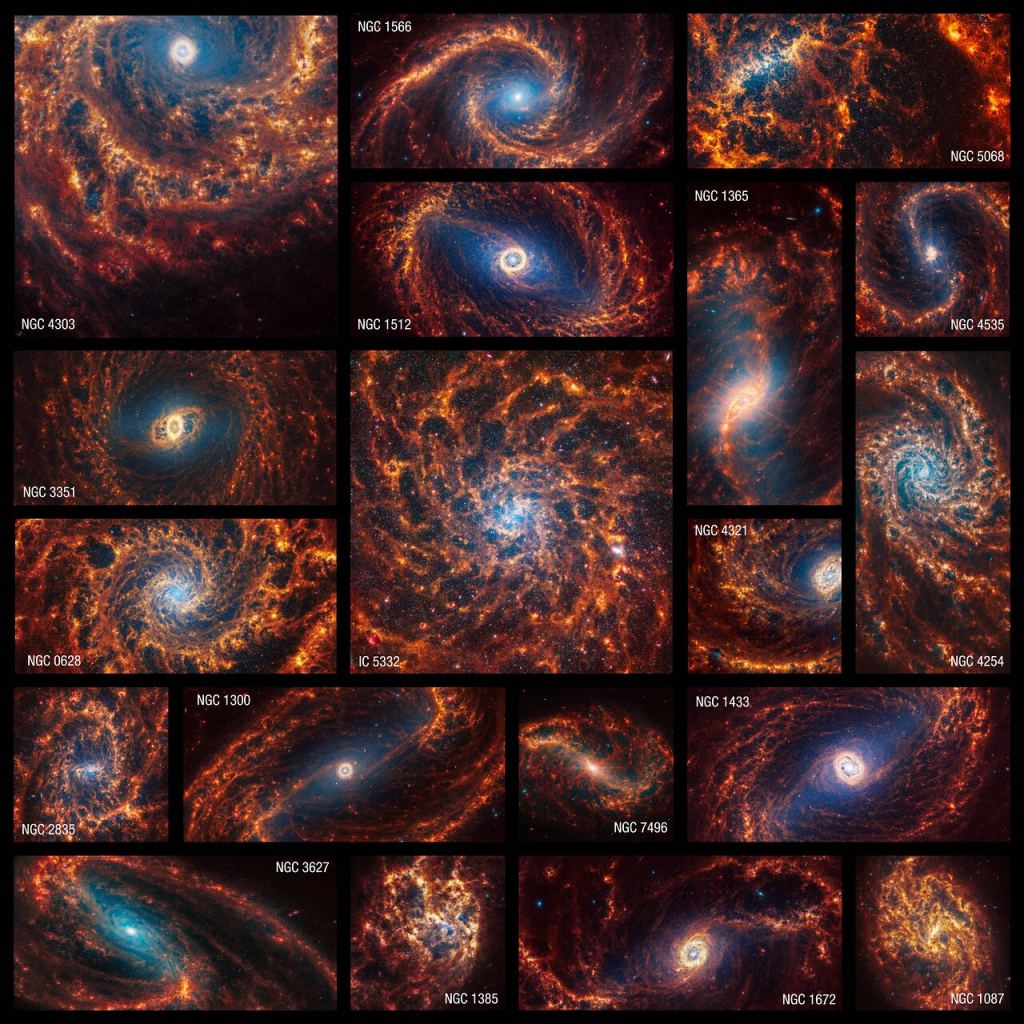
The early Universe and its transformations are fundamental to our understanding of the Universe that surrounds us today. Galaxies were in their infancy, stars were forming, and black holes were forming and becoming more massive.
The Hubble Space Telescope was limited to observations at around z=11. The JWST pushed this boundary. Its current observations at high redshift have reached z=14.32. Astronomers believe that JWST will eventually observe galaxies at z=20.
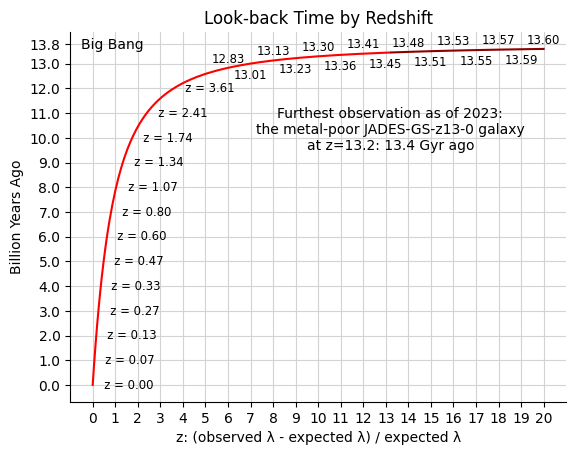
The first hundreds of millions of years after the Big Bang are called the cosmic dawn. JWST showed us that ancient galaxies during the cosmic dawn were much brighter and therefore larger than expected. The galaxy discovered by the telescope at z=14.32, called JADES-GS-z14-0, has several hundred million solar masses. “This begs the question: How can nature create such a bright, massive and large galaxy in less than 300 million years? » said scientists involved in the JWST Advanced Deep Extragalactic Survey (JADES) in a NASA paper.
It also showed us that they had different shapes, contained more dust than expected, and that oxygen was present. The presence of oxygen indicates that generations of stars have already lived and died. “The presence of oxygen so early in the life of this galaxy is a surprise and suggests that several generations of very massive stars had already lived their lives before we observed the galaxy,” the researchers wrote in their paper.
“All of these observations, together, tell us that JADES-GS-z14-0 does not resemble the types of galaxies predicted to exist by theoretical models and computer simulations in the very early universe,” they continued. .
What is the nature of active galactic nuclei in the first galaxies?
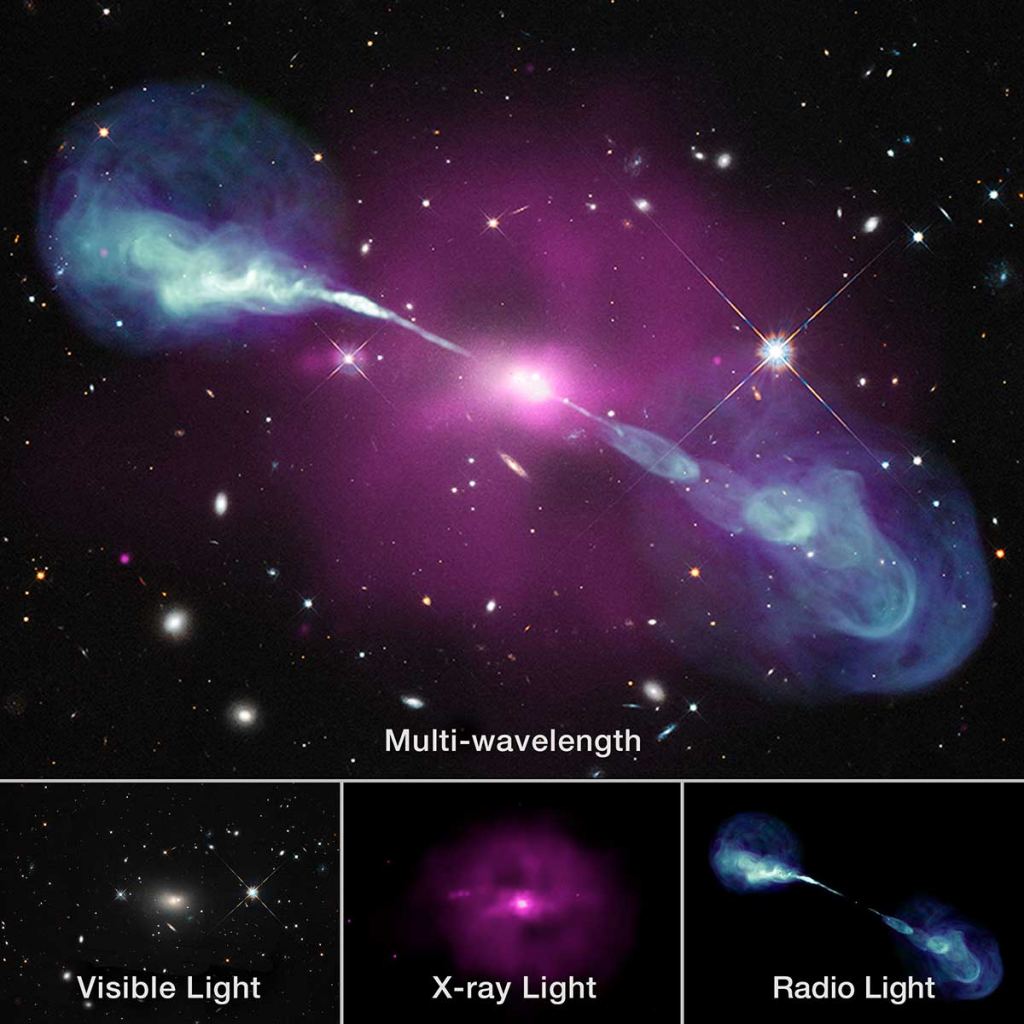
Active galactic nuclei (AGN) are supermassive black holes (SMBH) that actively accumulate matter and emit jets and winds.
Quasars are an extremely luminous and distant subtype of AGN, and quasar observations show that SMBHs were present at the centers of galaxies as early as 700 million years after the Big Bang. But their origins remained a mystery. Astrophysicists believe that these early SMBHs were created from black hole “seeds” that were either “light” or “heavy.” The light seeds were approximately 10 to 100 solar masses and were stellar remnants. Heavy seeds had 10 to 105 solar masses and came from the direct collapse of gas clouds.
JWST’s ability to travel back in time allowed it to spot an ancient black hole at around z=10.3 that contains between 107 at 108 solar masses. The Hubble Space Telescope has not allowed astronomers to measure the stellar mass of entire galaxies like the JWST does. Thanks to the power of JWST, astronomers know that the black hole at z=10.3 has roughly the same mass as the stellar mass of its entire galaxy. This is in stark contrast to modern galaxies, where the mass of the black hole is only about 0.1% of the star’s total mass.
Such a massive black hole, existing only about 500 million years after the Big Bang, is evidence that the first BHs came from heavy seeds. This is actually consistent with theoretical predictions. The authors of the manuals are now able to remove this uncertainty.
When and how did the early universe become ionized?
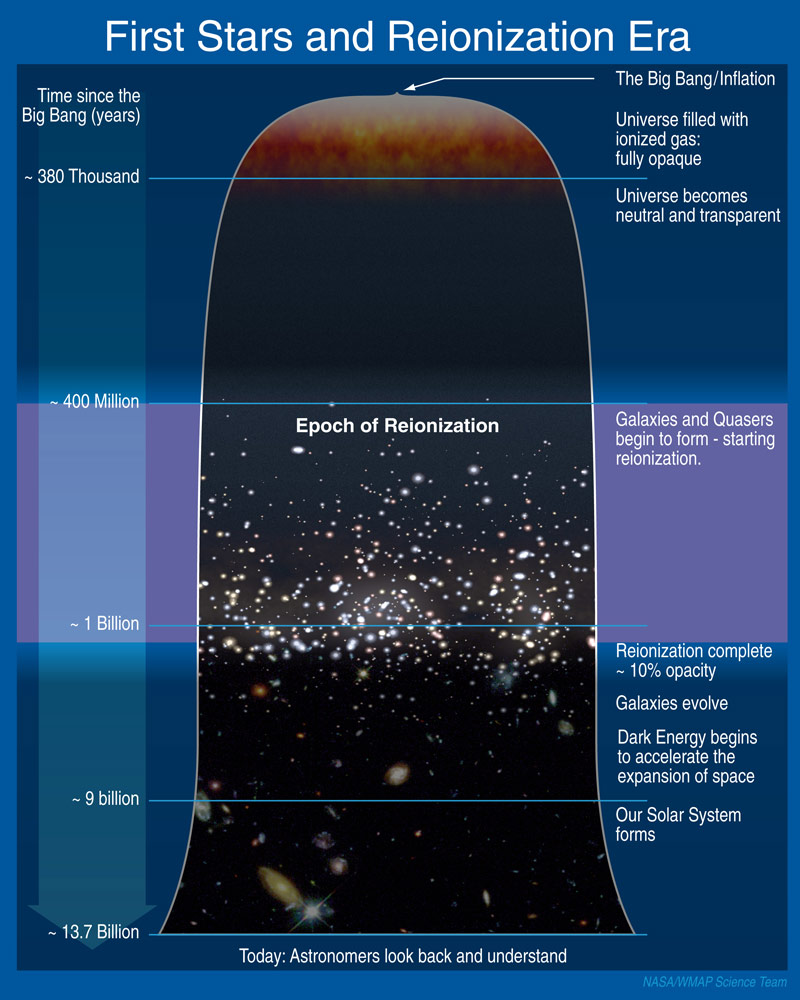
“We know that hydrogen reionization occurred, but exactly when and how it occurred is a major missing piece in our understanding of the first billion years.”
From “The First Billion Years According to JWST”.
We know that in the early Universe, hydrogen was ionized during the epoch of reionization (EoR). Light from early stars, accreting black holes, and galaxies heated and reionized hydrogen gas in the intergalactic medium (IGM), clearing the hot, dense, primordial fog that permeated the early Universe.
Young stars were the main source of light for reionization. They created overlapping, expanding bubbles of ionized hydrogen. Eventually, the bubbles expanded until the entire Universe was ionized.
This was a critical phase in the development of the Universe. This allowed future galaxies, especially dwarf galaxies, to cool their gas and form stars. But scientists don’t know exactly how black holes, stars and galaxies contributed to reionization or the exact time period during which it took place. “We know that hydrogen reionization occurred, but exactly when and how it occurred constitutes a major missing piece in our understanding of the first billion years,” write the authors of the new paper.
Astronomers knew that reionization ended about a billion years after the Big Bang, at about redshift z=5-6. But before JWST, it was difficult to measure the properties of UV light that cause this phenomenon. Using JWST’s advanced spectroscopic capabilities, astronomers have refined the reionization parameters. “We found spectroscopically confirmed galaxies down to z = 13.2, implying that reionization may have begun only a few hundred million years after the Big Bang,” the authors write.
The JWST results also show that black hole accretion and their AGN likely contribute no more than 25% of the UV light that caused reionization.
These findings will require a rewriting of textbook chapters on EOR, although questions remain about this. “There is still significant debate about the main sources of reionization, particularly the contribution of faint galaxies,” the authors write. Even though the JWST is extraordinarily powerful, some distant and faint objects remain beyond its range.
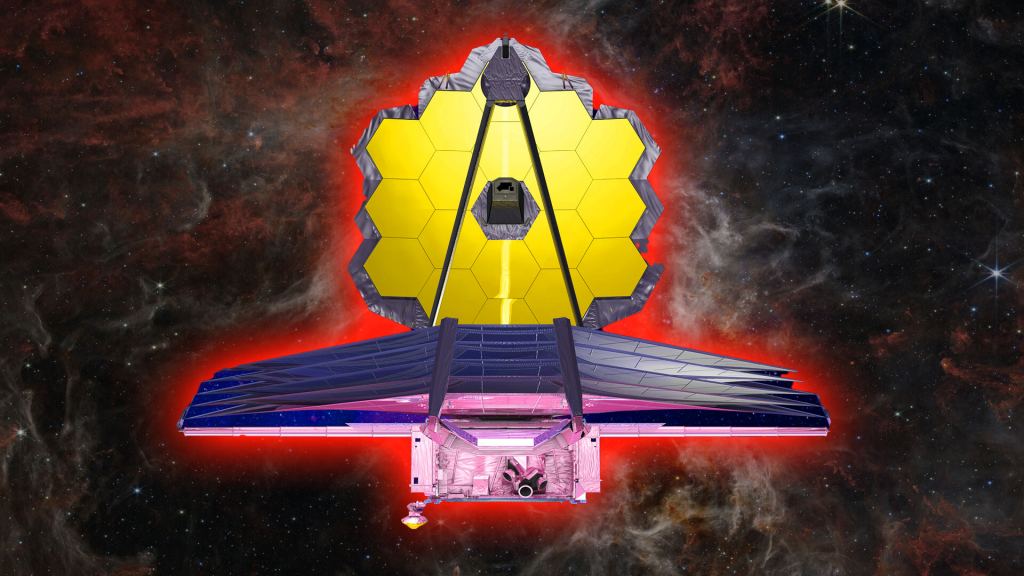
The JWST is not even halfway through its mission and has already transformed our understanding of the first billion years of the Universe. It was built to answer questions around the time of reionization, the first black holes and the first galaxies and stars. There is definitely much more to come. Who knows what the total amount of his contributions will be?
As an astronomy writer, I am extremely grateful to all the people who brought the JWST to fruition. Its construction took a long time, cost much more than expected, and was almost canceled by Congress. Its perilous path to completion makes me even more grateful to cover its results. The researchers who use the JWST data are also clearly grateful.
“We dedicate this article to the 20,000 people who have spent decades making JWST an incredible discovery machine,” they write.